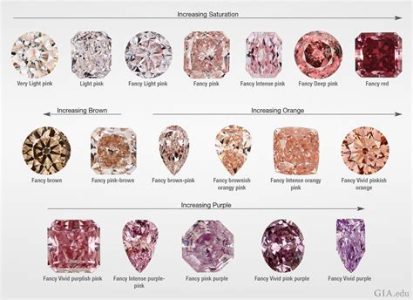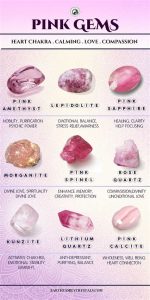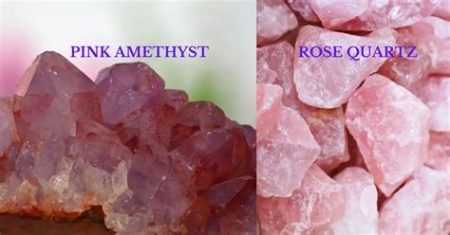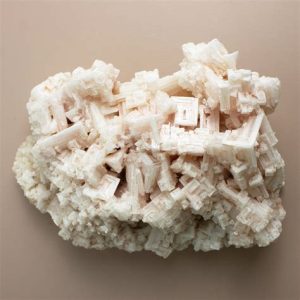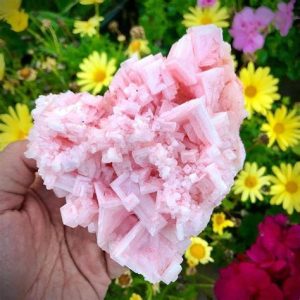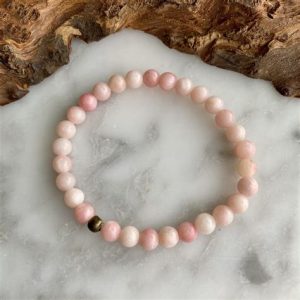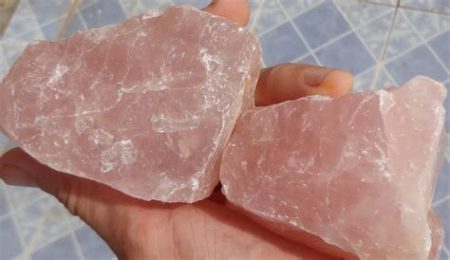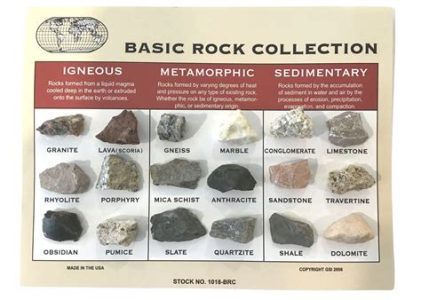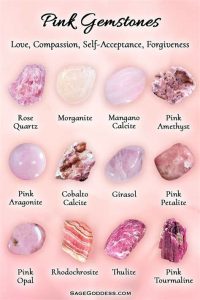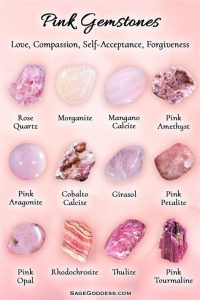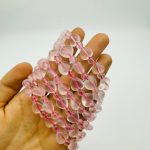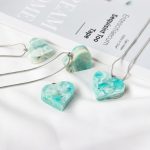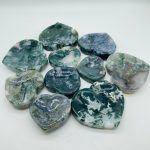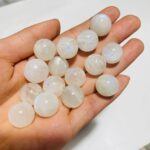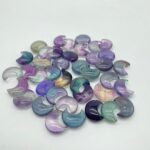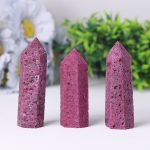Crystals, natural treasures formed over millions of years, have captured human imagination for centuries. Their beauty, rarity, and perceived healing properties have made them coveted collectibles and prized components in jewelry, home décor, and energy healing practices. With the growing popularity of crystals, understanding their value has become increasingly important.

The Value of Crystals
The value of crystals is determined by several factors, including:
- Rarity: The scarcity of a crystal directly influences its price. Rare crystals, such as Herkimer diamonds or Moldavite, command higher prices.
- Quality: The clarity, size, and color of a crystal also affect its value. Flawless, large, and vibrantly colored crystals are more valuable.
- Source: Crystals from renowned mining locations, such as Brazil or Madagascar, may fetch higher prices.
- Spiritual significance: The perceived healing or metaphysical properties of a crystal can add to its value for some individuals.
- Market demand: The popularity and fashionability of a particular crystal can influence its price.
Natural Crystals VS Man-Made Crystals
While natural crystals are formed through geological processes, man-made crystals are synthesized in laboratories. Man-made crystals, also known as synthetic crystals, offer several advantages over natural crystals:
- Consistency: Man-made crystals can be produced with precise specifications for size, color, and clarity.
- Affordability: Synthetic crystals are generally less expensive than their natural counterparts.
- Availability: Man-made crystals are readily available in various sizes and shapes, making them accessible to a broader audience.
However, natural crystals retain their allure due to their unique aesthetic appeal and perceived connection to the Earth’s energy.
Pricing and Comparisons
The price of crystals varies widely depending on factors mentioned earlier. Here are some examples for reference:
| Crystal | Size (inches) | Quality | Price Range |
|---|---|---|---|
| Amethyst | 2″ | High | $20-$50 |
| Citrine | 3″ | Medium | $15-$30 |
| Rose Quartz | 4″ | Low | $10-$25 |
| Selenite | 6″ | High | $50-$100 |
| Herkimer Diamond | 1″ | Medium | $100-$200 |
Tips and Tricks for Buying Crystals
- Research: Before purchasing a crystal, research its qualities and value. Consult reputable sources and experts.
- Compare prices: Shop around at different stores or online retailers to find the best prices.
- Inspect the crystal: Examine the crystal for any imperfections or flaws before buying.
- Consider the purpose: Determine the intended use of the crystal (e.g., jewelry, healing, display) and choose accordingly.
Common Mistakes to Avoid
- Buying without research: Impulsive purchases can lead to dissatisfaction or overpaying.
- Focusing solely on price: While affordability is important, don’t compromise quality for cheap crystals.
- Mistaking synthetic crystals for natural: Be aware of the differences between natural and man-made crystals.
- Assuming all crystals have healing properties: While some crystals are believed to have specific energies, this is not universally accepted.
Step-by-Step Approach to Buying Crystals
- Identify your needs: Determine the purpose and desired qualities of the crystal.
- Research and compare: Explore different crystals, their properties, and prices.
- Inspect before purchasing: Physically examine the crystal for clarity, size, and any imperfections.
- Make an informed decision: Consider your research, inspection, and budget to make a wise choice.
Pros and Cons of Natural vs Man-Made Crystals
Natural Crystals
- Pros:
- Unique aesthetic appeal
- Perceived connection to Earth’s energy
- Potential healing properties (subjective)
- Cons:
- More expensive
- Less consistent in size and quality
- Finite availability
Man-Made Crystals
- Pros:
- Consistent and reliable supply
- More affordable
- Precise specifications in size and clarity
- Cons:
- May lack the aesthetic charm of natural crystals
- Perceived as less energetically potent (subjective)
- Limited metaphysical significance
FAQs
- What is the most expensive crystal? Painite, a rare gemstone discovered in Myanmar.
- Are crystals worth the money? The value of a crystal is subjective, depending on its intended use and personal beliefs.
- Can crystals be used for healing? While some believe crystals possess healing energies, their efficacy remains scientifically unproven.
- How do I care for crystals? Crystals can be cleansed and charged through various methods, such as using water, sunlight, or other crystals.
- Are crystals just rocks? Crystals are minerals with a regular and repeating arrangement of atoms, giving them their unique shape and properties.
- What is the difference between a crystal and a gemstone? Gemstones are crystals with specific qualities, such as beauty, durability, and rarity, that make them suitable for jewelry.
- Can crystals grow in the lab? Yes, man-made crystals can be synthesized through a process called crystal growth.
- What is the future of crystals? The use of crystals in various industries, such as electronics and energy storage, is expected to expand in the coming years.
Conclusion
The value of crystals is multifaceted, encompassing rarity, quality, source, spiritual significance, and market demand. Whether you prefer the allure of natural crystals or the affordability and consistency of man-made crystals, understanding their value is crucial when making informed purchases. By researching, comparing prices, and considering your specific needs, you can find crystals that enhance your life and collection in both meaningful and practical ways.

